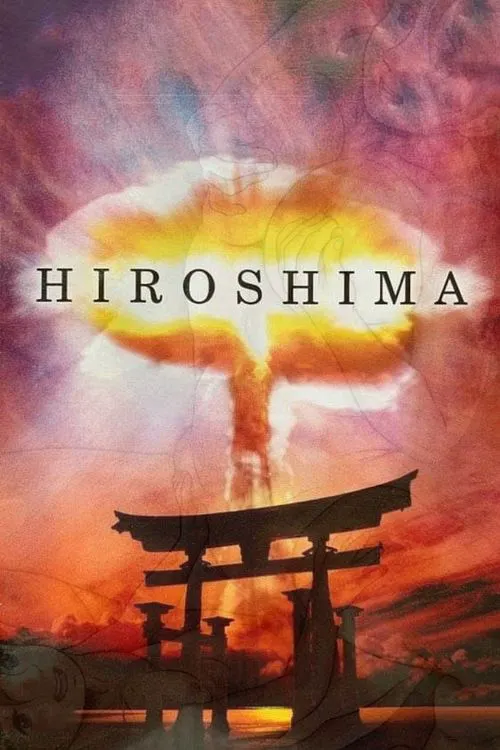Hiroshima

Plot
The film Hiroshima begins with an account of the events leading up to the dropping of the atomic bombs on the Japanese cities of Hiroshima and Nagasaki, during the final stages of World War II. A dramatisation of these events is interwoven with documentary footage and eyewitness interviews, giving an immersive experience of the complexities behind the pivotal moment in history. The documentary segments of the film include footage of significant events, such as the Japanese attack on Pearl Harbor, the Doolittle Raid, and the firebombing of Dresden, Germany. These segments serve as a contextual background to the story, providing insight into the state of mind of both the Japanese and American governments as war reached its climax. A key figure in the dramatised portion of the film is Joseph Davies, the American ambassador to the Soviet Union, who serves as a channel of communication between the United States and the Soviet government. The actor's portrayal reveals Davies to be an idealistic and deeply committed diplomat who is struggling to understand the rapidly shifting dynamics of the world. Another major character is Admiral William D. Leahy, a senior US military official who served as Chief of Staff to President Harry S. Truman. His interactions with key figures, including Truman, reveal the inner workings of the US government's decision-making process. Leahy, who voiced his opposition to the use of atomic bombs, emerges as a voice of caution, concerned about the long-term implications of unleashing such destructive power. Dramatisations also follow the lives of Japanese individuals, capturing the human side of the devastation that was to come. One narrative thread revolves around a young schoolgirl, who, along with her family, struggles to comprehend the impending danger. Her story highlights the widespread fear and uncertainty that engulfed the civilian population as they awaited the inevitable. In an eerie display, the film juxtaposes the tranquil atmosphere of a Japanese city with the rapidly intensifying threat of nuclear attack. This contrasting juxtaposition is heightened by the use of sepia-toned imagery for both dramatic re-enactments and historical footage, which subtly blurs the lines between reality and fiction. Throughout the film, eyewitness accounts add an air of authenticity to the narrative. Survivors of Hiroshima share their personal experiences and recollections of the devastating atomic blast. Their stories bring to life the unimaginable scale of destruction and chaos inflicted upon the city, leaving an indelible mark on the collective consciousness. The inclusion of a range of languages in the film, such as English and Japanese, with subtitles, adds to the authenticity of the narrative. Furthermore, the actors' choice of largely Canadian and Japanese talent reflects a collaborative approach to production, underscoring the film's goal of representing diverse perspectives and historical contexts. While Hiroshima does not shy away from exploring the complexities and moral dilemmas associated with one of the most pivotal events in modern history, it does so without sensationalising its theme. Rather, the narrative unfolds with deliberate pacing, inviting viewers to engage with the intricate historical context and the decision-making processes that brought the world to the precipice of a new nuclear age.
Reviews
Recommendations


